Forest Hill is one of the safest and most desirable neighborhoods in San Francisco, truly feeling like a suburb even though it is nestled in the heart of the City. Homes, which are detached, with many boasting large front or backyards with abundant street parking. Built upon a hillside that Adolph Sutro planted as forest just west of Twin Peaks in the 19th century, known as Sutro’s Great Forest, Forest Hill today is a community of approximately 700 homes and over 2,000 residents located in the geographic center of San Francisco. Throughout its history up until the present, Forest Hill has been known as a beautiful place to raise family with some of the friendliest people anywhere. In fact, Forest Hill was so quiet that in 1971 a newspaper profile called it “An Island of Tranquility Amidst Big City Turmoil.” San Francisco Examiner, January 11, 1971, pg. 6.
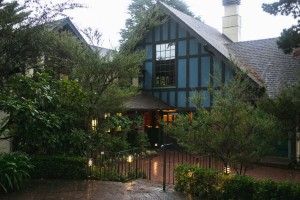
Forest Hill Clubhouse
Forest Hill was constructed by developers Newell-Murdoch Company in 1912. The first home located on Pacheco, was completed in 1914 around the time that the below grand staircase was first completed. The landscape design sought to place beautiful homes surrounded by Sutro’s Great Forest made up of all variety of mature plants and trees, including redwoods, pines, cypress, eucalyptus, and other trees.
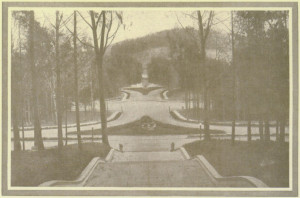
The Grand Stairway
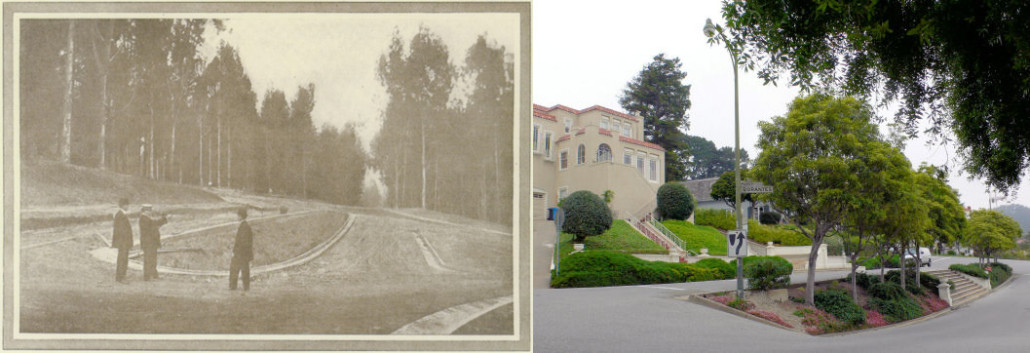
This design centerpiece was framed by “ornamental balustrades, urns and artistic embellishments,” which are located throughout the neighborhood and its numerous staircases, all furnished by the famed Sarsi studios.
Winding, landscaped and heavily treed streets follow the hill’s contours presenting charming scenes of natural beauty that open here and there to spectacular vistas, including the Pacific Ocean, the San Francisco Bay, and the Golden Gate Bridge. Homes representing many architectural styles from Arts and Crafts, Prairie, Edwardian, Neoclassical, Cotswold Cottage to California Modern can be found side by side, harmoniously linked by the plants, trees, and gardens that characterize the neighborhood. Examples of Forest Hill’s diverse architectural gems are below:
Bernard Maybeck’s Arts & Crafts 1916 stunner, one of the most well-known examples of the Maybeck style, located at 270 Castenada Avenue in Forest Hill:
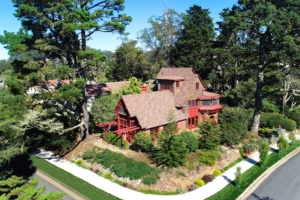
270 Castenada
George Allen’s Prairie Style 1916 beauty, named one of the most architecturally significant homes in San Francisco, located at 35 Lopez Avenue in Forest Hill:
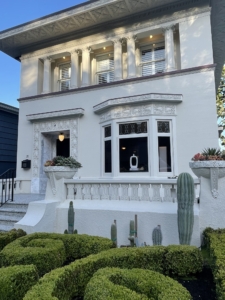
35 Lopez
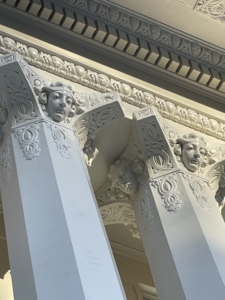
35 Lopez
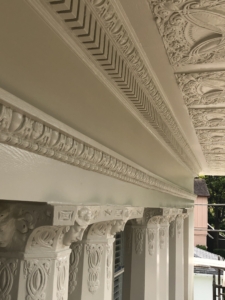
35 Lopez
A favorite way to traverse the neighborhood by couples, families with their dogs, or joggers, are the large ornate staircases that connect the various parts of the neighborhood. Below is the grand Forest Hill staircase as it appears now.
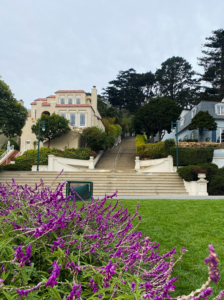
Grand Staircase today
Originally situated on the edge of undeveloped sand dunes, Forest Hill’s founders correctly foresaw the city’s growth, and today the neighborhood is located amidst of some of San Francisco’s strongest residential areas, with many outstanding attractions nearby. Golden Gate Park, the San Francisco Zoo, and the Golden Gate National Recreation Area provide myriad opportunities for outdoor enjoyment, while the DeYoung Museum, Stern Grove Music Festival, UCSF, and California Academy of Sciences offer cultural and intellectual stimulation for young and old.
Seemingly remote, an oasis from urban hustle and bustle of the City, Forest Hill is just blocks from the charming shops, restaurants and businesses of West Portal Avenue, and less than a mile from both the Chinese markets of Irving Street and the eclectic shops and exceptional restaurants of the Inner Sunset. Union Square and the Financial District are less than 20 minutes away by MUNI train from the Forest Hill or West Portal underground stations; and for trips farther afield, MUNI connects to BART and by car 19th Avenue provides easy access to the Peninsula and San Francisco Airport to the south, and to the counties of Marin, Sonoma, Napa and Mendocino to the north.
Always a quintessential family neighborhood, Forest Hill has been home to some of San Francisco’s most prominent citizens. Local professionals have rubbed elbows here with leading political, business and social figures; and the nearby cultural institutions add prominent musicians, athletes and scientists to the mix of residents. For example, Forest Hill was the home of former California Governors Pat Brown and Jerry Brown, the latter being an active participant of Troop 88, formerly known as Boy Scout Troop 88, which celebrated its 100-year anniversary at the Forest Hill clubhouse in October 2022. Eagle scouts from multiple generations gathered in the Forest Hill clubhouse for that celebration. Forest Hill was once home to the great Willie Mays, who lived at 54 Mendosa Avenue. Willie Mays famously hosted block parties for the children of Forest Hill with the help of the Forest Hill Association, serving neighborhood kids cake, ice cream, and potato chips. Each received an autographed photo of Willie. And some lucky children, who walked by Willie’s home and yelled “Say Hey! Willie,” were the very proud recipients of autographed baseballs that Willie threw out the window to a child’s eagerly awaiting glove.
The heart of the neighborhood is its historic clubhouse designed by famed architect Bernard Maybeck. Throughout its more than 100-year history, hundreds upon hundreds of residents have gathered multiple times a year for community and social events, such as the annual summer BBQ, Children’s Halloween Party, Holiday Party, and Easter Egg Hunt. The clubhouse is also used by the Forest Hill Garden Club, one of the longest running garden clubs in San Francisco.
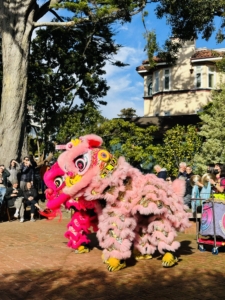
Chinese New Year Celebration 2023
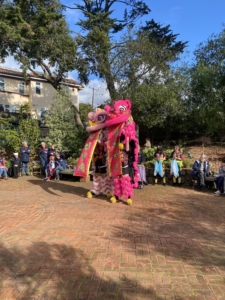
Chinese New Year Celebration 2023
Forest Hill each holiday season celebrates by not just gathering as community but also by adorning the neighborhoods common spaces with festive decorations.
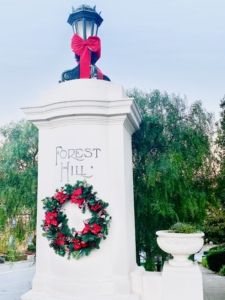
Entrance at 9th & Pacheco
If you are a family looking for a safe, warm, beautiful, and welcoming place to raise your family, look no further than Forest Hill.